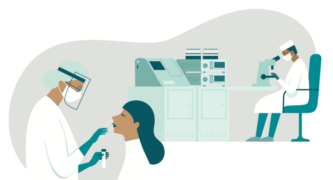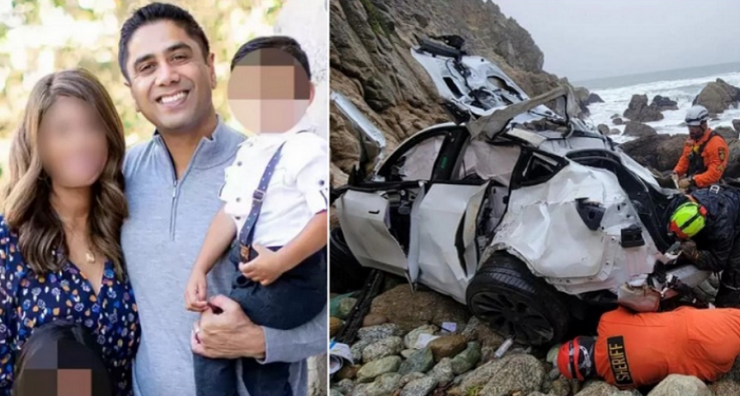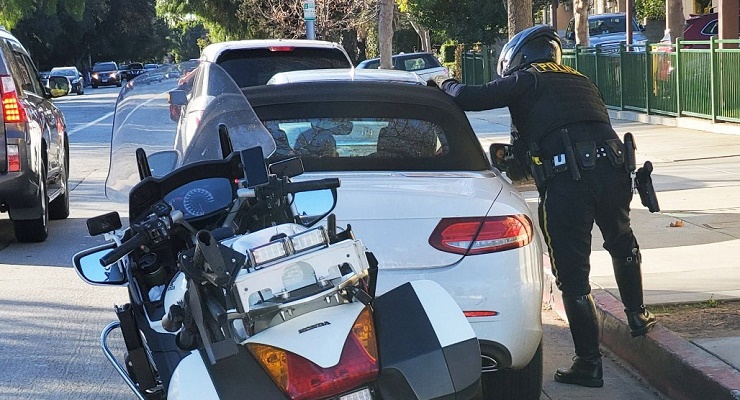As part of Conversations on COVID-19, a webinar series hosted by the Caltech Science Exchange, science writer Emily Velasco spoke with three Caltech graduate students—Matt Cooper, Emily Savela, and Alex Winnett—who are part of the team running the Caltech COVID-19 study in partnership with the Pasadena Public Health Department (PPHD).
Cooper, Savela, and Winnett are members of the lab of Rustem F. Ismagilov, Ethel Wilson Bowles and Robert Bowles Professor of Chemistry and Chemical Engineering and director of the Jacobs Institute for Molecular Engineering for Medicine. Their study is measuring the amount of SARS-CoV-2 (the virus that causes COVID-19) in the saliva and nasal swabs of those who recently tested positive for COVID-19 or who share a home with someone who has recently tested positive. The results will be important to understanding which COVID-19 tests can detect an infection earliest, including in people with few or no symptoms.
In this conversation, the graduate students discuss the intricacies of designing an experiment to track the early stages of a COVID infection, and what this work has meant to them.
The questions and answers below have been edited for clarity and concision.
Tell us a little bit about that study. Where did the idea come from and how does it work?
Winnett: We want to understand the natural history of SARS-CoV-2, the virus that causes COVID-19 infection, and how we can best develop interventions that can identify people early in the infection before they can transmit to others. The idea came from when I was working at the VA [Veterans Administration] hospital. There was an outbreak in a nursing home and the way that outbreak was quelled was by testing people at regular intervals to identify individuals who were asymptomatic but infected and could be transmitting and perpetuating the outbreak. The big question from that strategy was, what is the right interval to test? When will you catch people who are positive before they become symptomatic and transmit to others?
Savela: We enroll households where an individual has already tested positive through a testing site. We also enroll their household members before they have tested positive. We’re monitoring and observing any time transmission occurs to the household members.
The subjects collect the samples every day in their homes, and those samples are couriered to Caltech. The samples are de-identified so we researchers don’t know anything about where they came from. We unpack the samples and inspect them, record all of the data, regularly screen all of those samples in our laboratory, and quantify for positivity. Then we quantify the amount of virus in each of the samples. Study coordinators in our group communicate with those study participants and the Pasadena Public Health Department about any potential transmissions.
What outcomes can you imagine seeing once the study is complete, and what would be the consequences for how society responds to the pandemic?
Savela: Originally, the strategies for testing and diagnostics that were rolled out were based on a lot of predictions, not a lot of data. So what our lab is able to do with this collaboration with the PPHD is to gather that data that’s missing, fill in the early part of the infection, and figure out what the best testing strategies are to detect the virus early on in an infection. Since we are capturing the samples before people become infected with SARS-CoV-2, we’re able to start to answer those questions.
On more of a population scale, we want to figure out the best testing strategy when people don’t have symptoms, which will help people isolate earlier and reduce the spread to the community. Especially when you’re thinking about traveling, you want to make sure that the test you have is the best one you can take to detect whether or not you’re infected. Then on a more individual scale, the earlier detection provides more options for early treatment to help people avoid possibly using later treatments that are more invasive. So better diagnostics helps in every aspect.
How do you go from a nugget of an idea of saying, “We want to study COVID patients,” to a full-blown study? What’s that process like?
Winnett: The first thing is to identify the clinical question that needs to be answered. What’s the gap in our knowledge? For us, that was understanding how viral load changes through the course of infection, and especially during the beginning of the infection. So how do you measure that?
This is, I think, where our study is unique. We needed to think carefully about the right population to enroll in this study. We thought about doing a massive cohort of thousands of people, but that wouldn’t be very efficient for finding people who go from negative to positive. We considered a design that follows an outbreak where, for example, someone in a nursing home becomes infected and then everybody in the nursing home is at high risk and would be enrolled. The challenge with that is that you have to move fast within a matter of hours to try and get everybody on board, so that’s maybe not as feasible.
Eventually, we landed on the household-transmission study design, which does that pretty effectively. This is where the cooperation with PPHD really comes into play because we do still need to move fast and identify people early. They provide us with direct handoffs when they do their contact tracing, which is where they reach out to individuals who have recently tested positive to let them know about what they need to be doing and how they can protect their family. They’ll let them know about the study and pass them off to our study coordinators. It’s been extremely valuable to be connected with the public health department in that way.
Cooper: While we’re very focused on the lab side, leaders at PPHD, like Dr. Ying-Ying Goh, public health director, and Dr. Matt Feaster, public health epidemiologist, were crucial in the early study design and getting this project off the ground, and their entire team, including public health nurse Colten Tognazzini, continues to help interface between the lab and the public to keep this going and growing.
Could you talk about what viral load is, and biologically speaking, what happens when someone contracts the COVID virus? What does that look like to you as you monitor that person?
Winnett: We know SARS-CoV-2 is a virus and specifically an RNA virus, meaning that it uses RNA as opposed to DNA to encode the genes that it needs to replicate itself. So when a SARS-CoV-2 virus meets and enters a host cell that it’s compatible with, it will use that RNA to make proteins and reprogram that host cell to produce more of itself.
The cell has interesting defenses to try and prevent that, but if the virus can continue to replicate, the cell will then pop and those viruses will then go on to infect other cells. Over time, you start potentially with one virus, and then it replicates very quickly in the host. When we say viral load, that’s a measure specifically of the amount of RNA from the virus that we’re seeing in these samples, which early in the infection will be very low.
Has working on this study changed the way you view the world around you during a pandemic?
Cooper: I think we’re all pretty cognizant of what diagnostic tests can and can’t do, and what they do and don’t mean. So when I have friends and family that say, “Oh, I just got a test. It’s negative, I’m fine,” I think I’m probably a lot warier than I would have been in the past. I’m thinking, well, what day post-exposure, and what type of tests did you do, and how did they handle it? Because that will all influence the result. It’s made me a little more paranoid.
Savela: I have a lot of follow-up questions anytime somebody says they tested negative. I’d also say I’m a bit more aware every time I see somebody wearing a mask that doesn’t cover their nose because all I see are these viral load plots that are seared into my brain. I know how much virus you could have in your nose, even without any symptoms. Something very important about biosafety is that personal protective equipment (PPE) is excellent, but only if you know how to wear it properly and disinfect things afterward. So if you can take it off properly and wear it properly, that’s what protects you. If people are not wearing it properly, I get a little anxious.
Winnett: The pandemic has been so incredibly hard for everybody. For some of us on the lab team, it has meant being in a small room, processing samples for a long time, wearing all of this PPE, thinking about the participants that we have in the study, and confronting what’s happening in the world, even inside this little room by yourself.
Working on this study has underscored that we are all in this together. This pandemic has affected every single person and I don’t know if many things in life have that type of effect. We all want this pandemic to end. I’ve really appreciated the opportunity to be able to work on something that might contribute data to make this a little bit less tragic for everybody.
Here are some of the other questions addressed in the video linked above:
- How large is the study? How many cases are in your sample size at this point?
- What are your thoughts on people who think it’s more dangerous to get vaccinated than to catch COVID?
- Can you talk a little bit about infections in children and whether reopening elementary schools could further spread the virus?
- Do you think that there’s a gap between the understanding that you’ve gained from your research and what is typically reported in the media?














 0 comments
0 comments


